
The Triassic Period (252–201 million years ago) marks a pivotal era following the largest mass extinction in Earth’s history, the Permian-Triassic event, which wiped out up to 95% of marine species and 70% of terrestrial vertebrates. This era witnessed the recovery and diversification of life, setting the stage for modern ecosystems.
Triassic fossils, ranging from skeletal remains to trace fossils, are crucial for understanding how life rebounded and evolved, especially on land. Recent discoveries have provided fresh insights into ancient ecosystems, revealing complex interactions and rapid recovery, with implications for today’s biodiversity and climate challenges.
Geological and Climatic Context of the Triassic
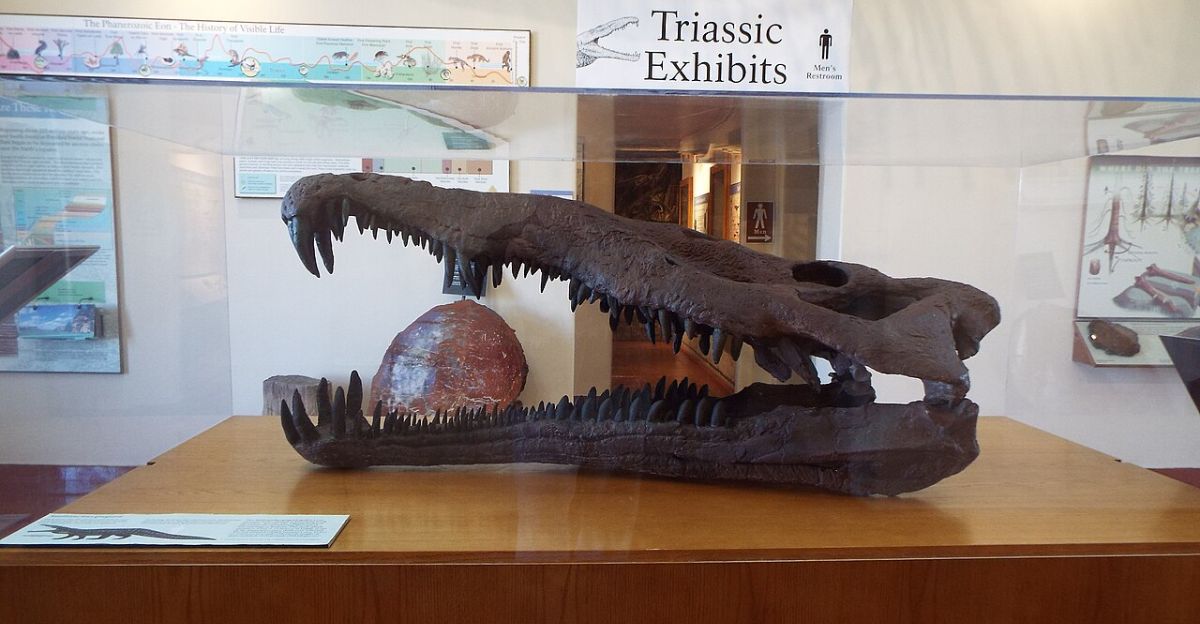
The Triassic unfolded on the supercontinent Pangea, a vast landmass that began to break apart during this period, influencing climate and habitats. The Central European Basin is a key fossil site illustrating these changes. The aftermath of the Permian extinction saw new life forms emerge, including early dinosaurs and mammal precursors.
Climatic conditions ranged from arid interiors to humid coastal zones, shaping diverse ecosystems. The Triassic’s geological and climatic backdrop was fundamental in shaping the evolutionary trajectory that led to modern terrestrial and marine life.
Fossil Evidence and Research Methodologies
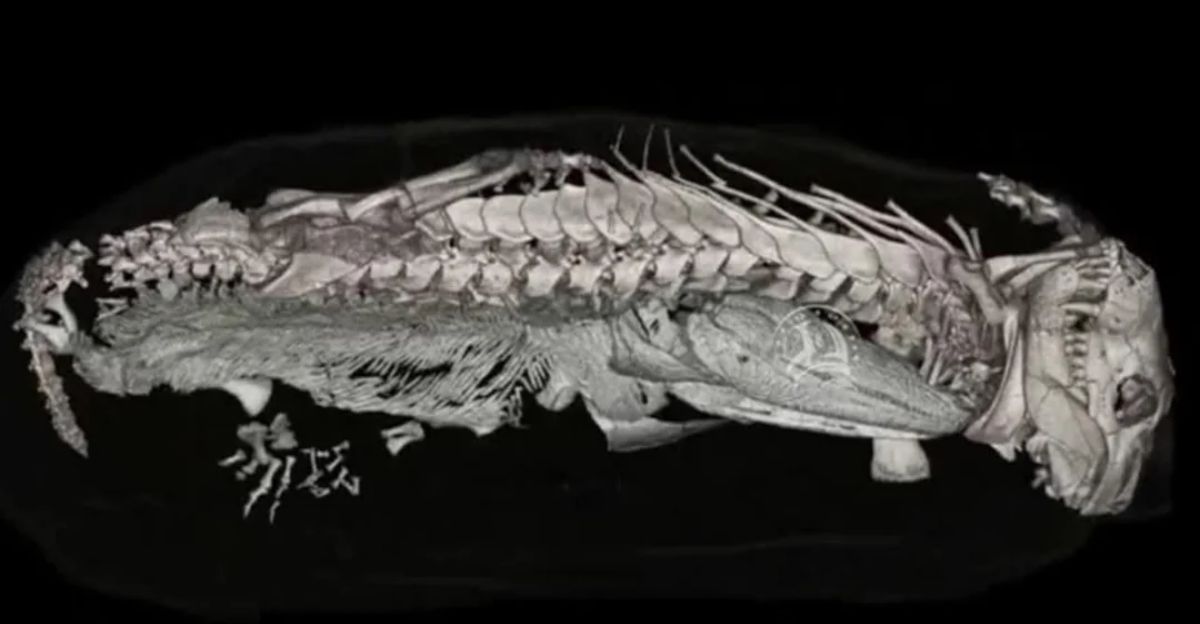
Triassic fossil studies integrate skeletal remains, footprints, and trace fossils to reconstruct ecosystems. Researchers use radiometric dating to establish timelines and combine paleontological data with paleoenvironmental analyses to view ancient habitats comprehensively.
Interdisciplinary approaches, including geology, biology, and climate science, enhance understanding of ecosystem dynamics. These methods reveal species diversity, ecological roles, and interactions, providing a detailed picture of Triassic life and its environment.
Terrestrial Tetrapod Communities in the Triassic
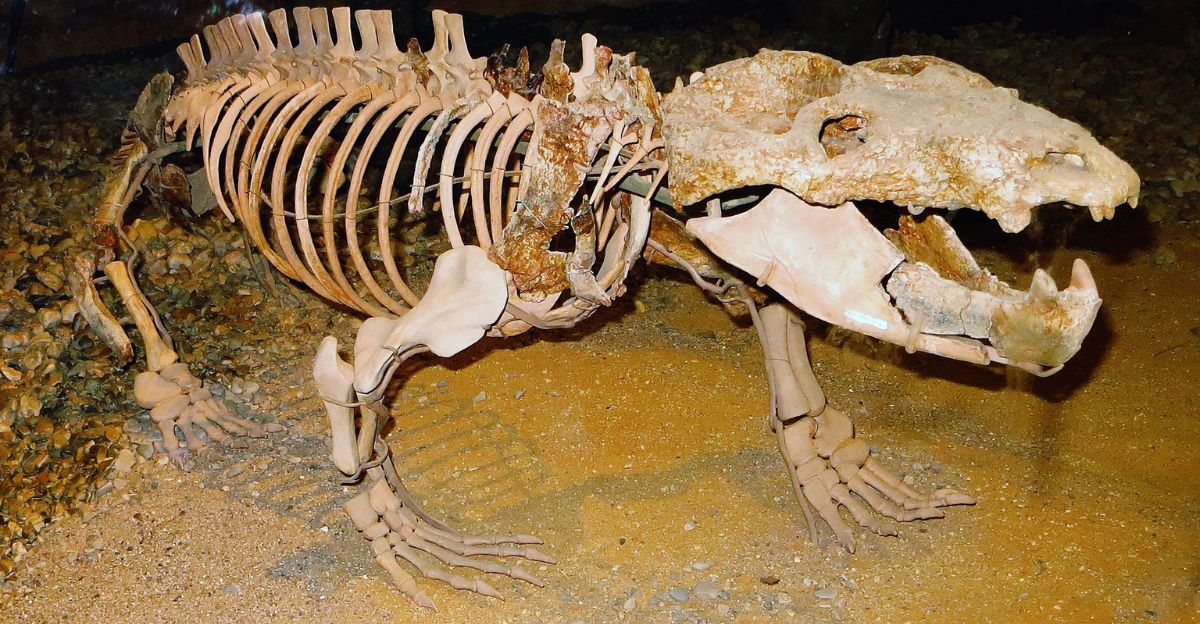
Terrestrial vertebrates diversified significantly during the Triassic, including early dinosaurs, mammal precursors (cynodonts), crocodile relatives (pseudosuchians), and giant amphibians (temnospondyls). These groups occupied various ecological niches, from herbivores to apex predators.
Their interactions illustrate evolving food webs and niche differentiation. This period marks the rise of archosaurs, setting the foundation for dinosaur dominance and mammalian evolution. Such diversity highlights the complexity of terrestrial ecosystems emerging from extinction.
Marine Ecosystems and Rapid Post-Extinction Recovery
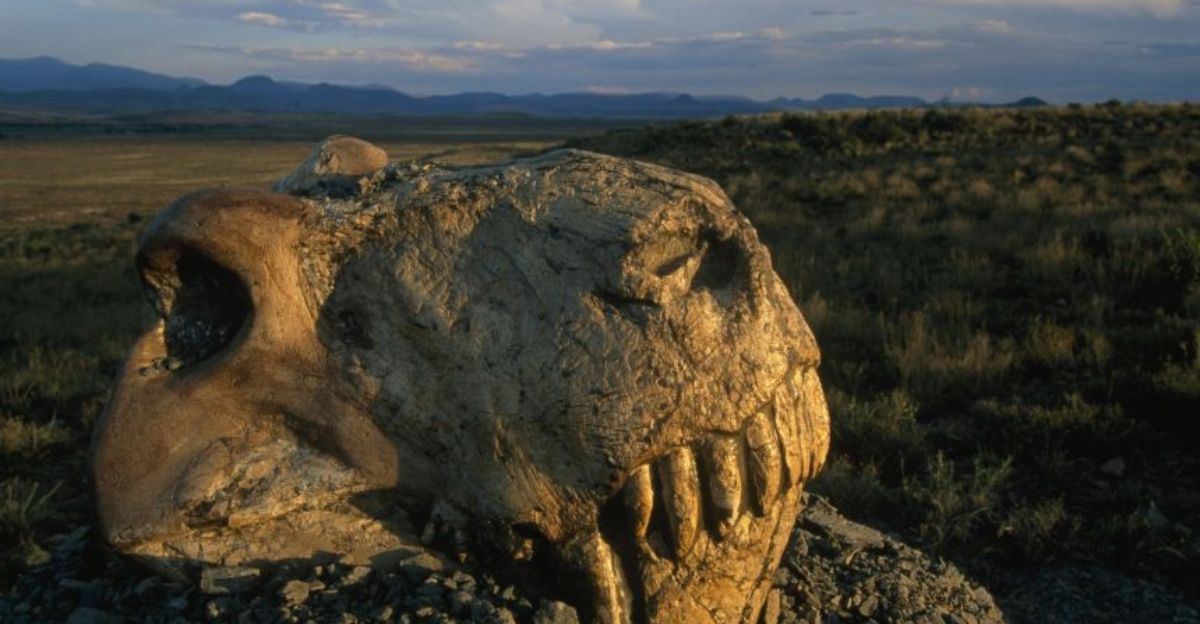
Contrary to earlier beliefs of prolonged marine simplicity, fossil evidence from Guizhou, China, reveals complex marine ecosystems reestablished within a million years after the Permian-Triassic extinction. Diverse species and intricate food webs indicate rapid resilience and recovery.
This challenges the notion of slow ecosystem rebuilding and underscores the adaptability of marine life. These findings refine our understanding of how life rebounds after catastrophic events, informing models of ecological resilience.
Climate Change and Ecosystem Dynamics in the Triassic
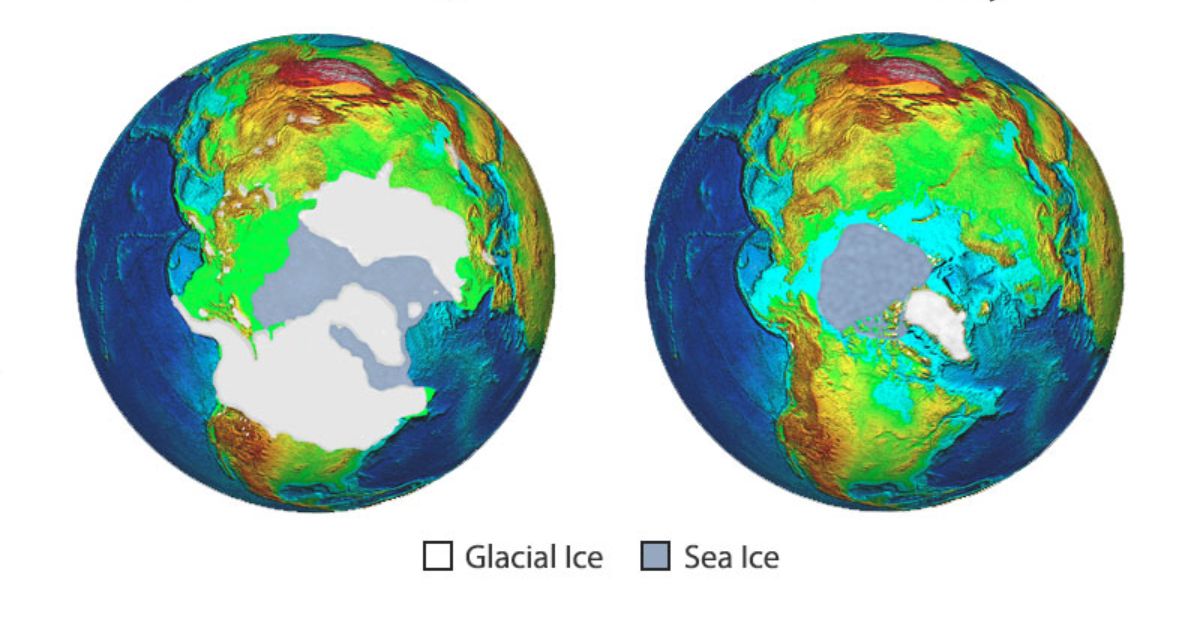
Triassic fossils correlated with paleoclimate data show ecosystems adapting to significant climate shifts, including warming trends and aridification. Ecological responses ranged from changes in species distribution to shifts in community structure. Such adaptations reveal the dynamic interplay between climate and biodiversity.
These insights are relevant today, as they provide historical analogs for predicting how modern ecosystems might respond to ongoing climate change and environmental stressors.
Intersections with Modern Science and Conservation
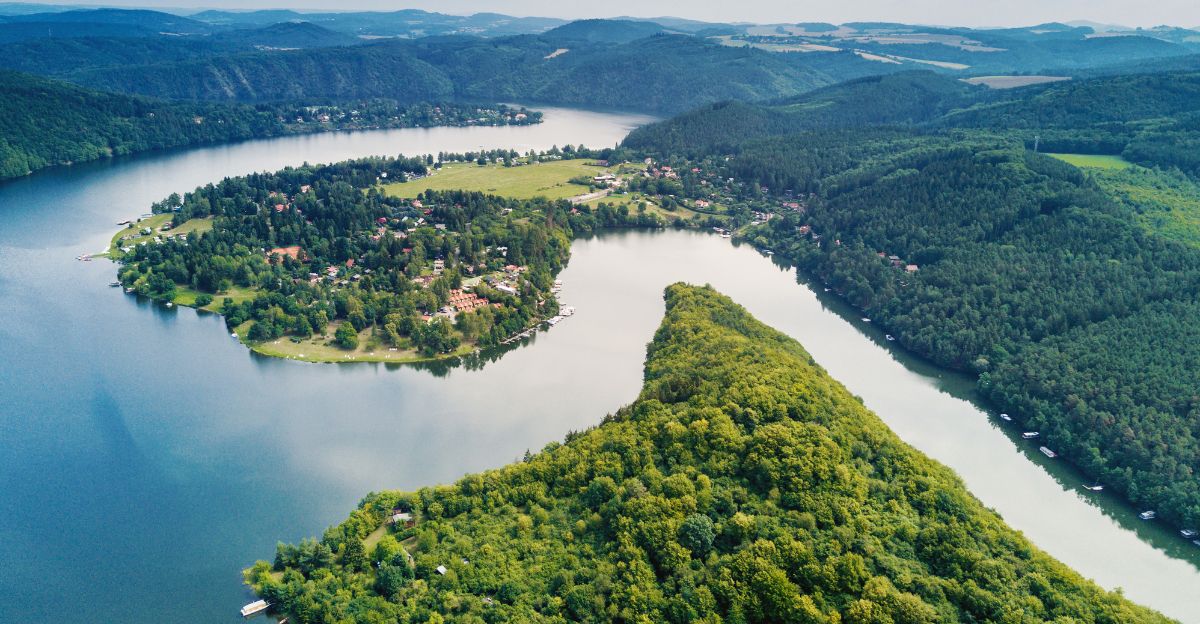
Studies of Triassic ecosystems inform contemporary climate science and biodiversity conservation by offering long-term perspectives on ecosystem responses to extinction and climate shifts. Ancient ecosystem models help predict the consequences of current species loss and environmental change.
This cross-disciplinary knowledge benefits geology, biology, and environmental science, highlighting the value of paleontological data in addressing modern ecological challenges and guiding conservation strategies.
Contrarian Views and Debates in Triassic Research

Some researchers challenge traditional views on the timeline of ecosystem recovery, arguing for earlier complexity and diversity in the early Triassic than previously thought.
Debates focus on interpreting trace fossils, which reveal predator-prey dynamics and benthic biodiversity evolution. These discussions emphasize the importance of reexamining fossil evidence and adopting new analytical techniques to refine our understanding of Triassic life and its ecological intricacies.
Case Studies: Remarkable Fossil Discoveries
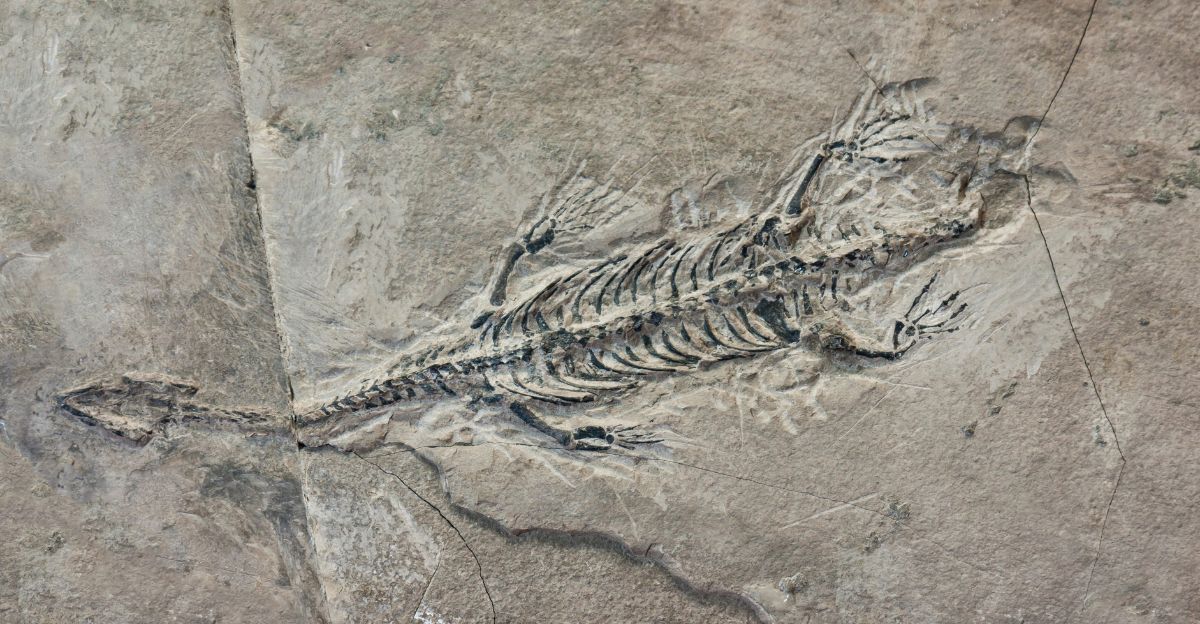
Fossil finds from southwest Germany and other European sites showcase giant amphibians coexisting with early mammal relatives and emerging dinosaurs. These extreme examples highlight evolutionary experimentation and niche partitioning in Triassic ecosystems.
Such discoveries provide rare glimpses into the diversity and adaptability of life forms during this era, illustrating evolutionary extremes and complex ecological interactions that shaped future biodiversity.
Future Directions
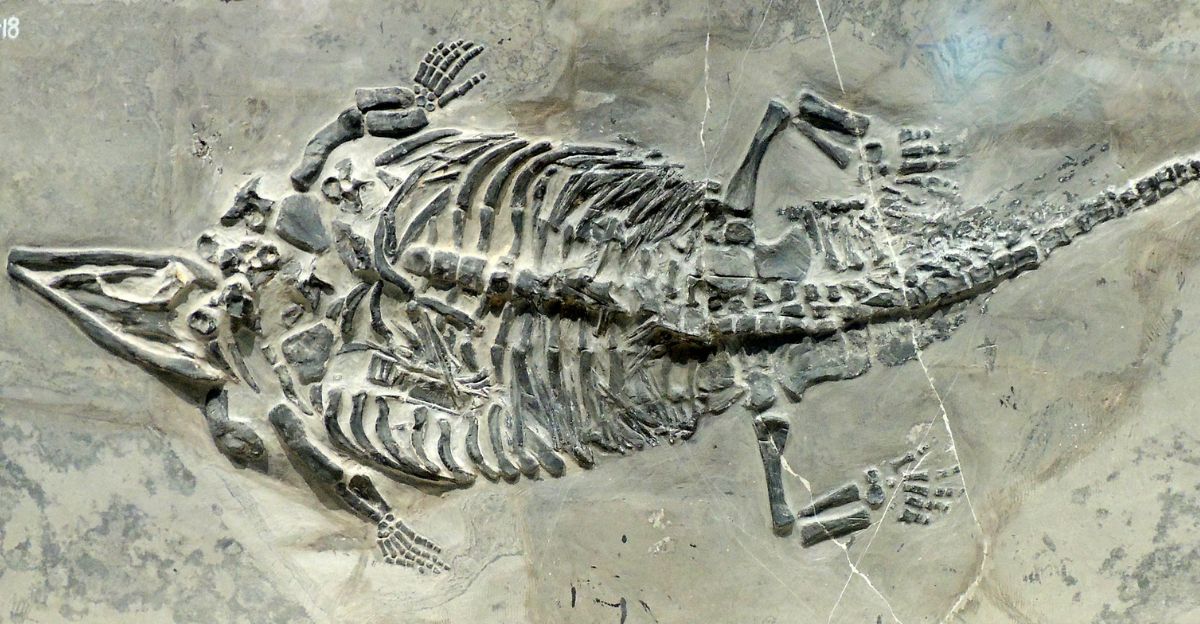
Triassic fossils illuminate the recovery and evolution of ancient ecosystems after Earth’s greatest extinction. They reveal rapid resilience, complex community structures, and climate-driven adaptations that inform historical and modern ecological understanding. Continued interdisciplinary research and fossil exploration are vital to refining this picture.
Insights from the Triassic period offer valuable lessons for current biodiversity conservation and climate response strategies, underscoring the enduring relevance of paleontology in addressing global environmental challenges.
Explore more of our trending stories and hit Follow to keep them coming to your feed!

Don’t miss out on more stories like this! Hit the Follow button at the top of this article to stay updated with the latest news. Share your thoughts in the comments—we’d love to hear from you!







